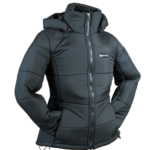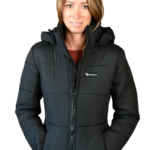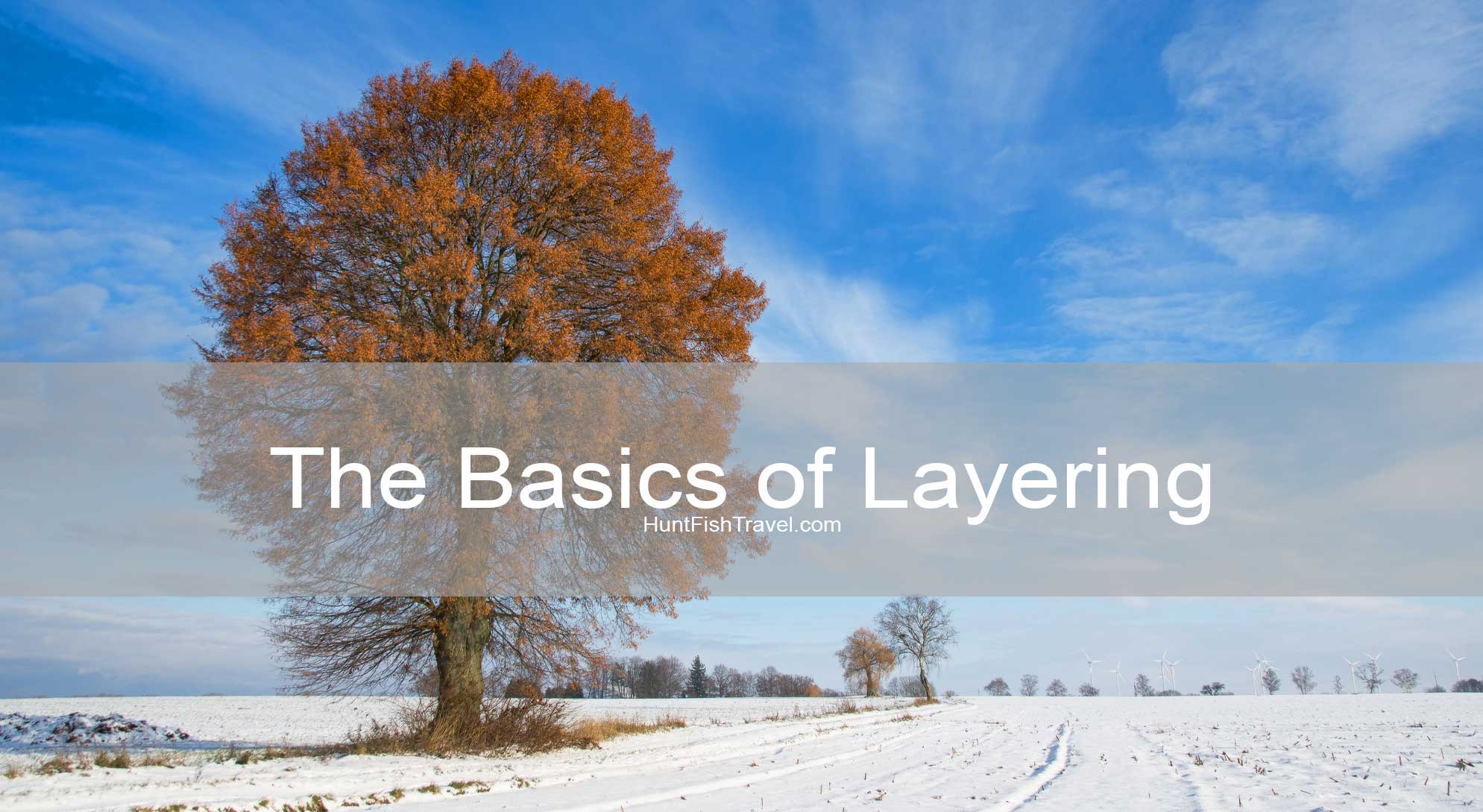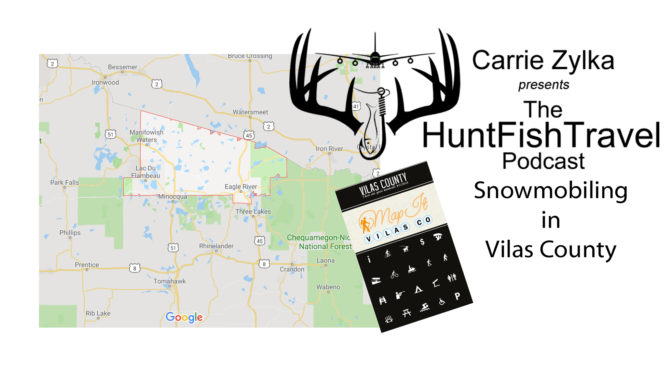In the midst of trying to decide what we wanted to do for New Year’s Eve weekend, quite a few things were bandied about. But somehow I kept coming back to the New Year’s Day Hike I came across. (Or maybe with this warm weather I’ll pull the boat back out and go fishing, hahaha!)
Perhaps we’d just stay in, cook some food, count down to the ball drop and then go for a hike the next day.
Hiking in the winter can be difficult. Obviously, keeping warm, hydrated and safe is the primary concern.
Wisconsin temps averaging around 22 degrees on New Year’s Day, I thought about what I’d wear to stay warm without getting overheated.
Whether it’s hunting, fishing, hiking, sledding or even yard work; keeping warm and staying comfortable is essential and while the human body has its own heating and cooling system, layering is just a way to help it out a bit.
I was recently introduced to Fortress Clothing. You can see my silly 4 XL coat video here. 
To start off with, there are three main parts to layering; Base Layer, Mid-Layer and Outer Layer.
Your Base Layer is just that. The base of your heating and cooling foundation. Optimally your Base will be a thin comfortable material; it can be anything from a sports bra to long underwear. I should also note it’s essential that it be moisture wicking (but not cotton, as that material will absorb the moisture and retain it). Since it lays against your skin, when you get too overheated, it should assist your natural cooling system – sweat. By wicking the sweat away, it will keep your skin dry and more comfortable.
Next up is your Mid-Layer. This is your insulation. The most important factors in choosing the Mid-Layer is determining how active you’re going to be in comparison to how cold the air around your body will be.
For example, if you’re going to be ruggedly hiking on New Year’s Day in Wisconsin where you’ll be exerting a lot of energy, you’ll want a thinner layer for insulation compared to ice fishing for 6 hours when you’re hardly moving at all.
While hiking, you’ll want a little extra layer to keep the chill out, while ice fishing you’ll want a much thicker layer to help trap and hold the warmth against you.
 Finally, your Outer Layer is the one that keeps the elements off of you. Usually windproof or waterproof, this layer needs careful consideration.
Finally, your Outer Layer is the one that keeps the elements off of you. Usually windproof or waterproof, this layer needs careful consideration.
I’m dying to get my hands on their new Women’s Arctic Jacket.
If you think there’s a chance you’re going to get wet, if you’re out hunting, and they are predicting snow, or you’re snowshoeing, and you are wearing too much material, you’ll sweat and expand heat, but that heat can’t escape because the Outer Layer you’ve chosen has zero ventilation, so it forms a hot cocoon around you and can lead to overheating. Which in 22 degree weather can prove fatal. And if nothing else can get you sick. (Note to parents, underwear, thermals, jeans, 3 pairs of socks, moon boots, 2 tee shirts and a heavy sweater under a snowmobile suit – can actually be dangerous. A child’s body produces heat quicker and more efficiently than ours do, they also exert a ton more energy than we do, and you can actually cause them to overheat which can cause them to sweat, catch a chill and get triple pneumonia. Just thought I’d mention.)
 If there’s no chance of getting wet, opt for a soft Outer Layer, usually “water-resistant” rather than waterproof. It will increase breathability as well as your comfort, they tend to be more flexible, and you won’t get so stiff.
If there’s no chance of getting wet, opt for a soft Outer Layer, usually “water-resistant” rather than waterproof. It will increase breathability as well as your comfort, they tend to be more flexible, and you won’t get so stiff.
Bottom line is, pay attention to what you’re putting on. Wearing too much is actually counterproductive. Clothes won’t keep you warm, your body keeps you warm; and it will focus on your heart and your brain. Your body will begin to pull heat from your extremities to keep your brain and your heart from freezing, resulting in cold fingers and toes.
Layering your clothes properly will assist this internal mechanism in regulating your body temperature and keep you from being absolutely miserable outside!
And as everyone knows; the longer you’re comfortable, the longer you’ll enjoy that activity!
Discover more from The HuntFishTravel Show
Subscribe to get the latest posts sent to your email.



As the next-to-skin layer, the base layer is extremely important. Base layers transfer sweat away from your skin, and send moisture, in a process known as “wicking”, to outer layers where it can evaporate. Consider your level of activity and the temperatures you expect, and choose your base layer accordingly. The bullets below offer general guidelines, but you should always consider your own tolerance of cold when choosing a base layer. Generally, it is better to be too warm than too cold.